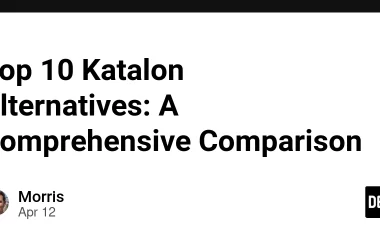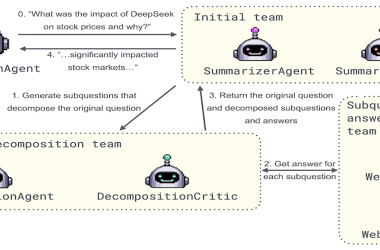Writing HTML code that is clean, consistent, and maintainable is essential for any web developer aiming to create robust, accessible, and scalable websites. Following best practices and an HTML style guide helps improve readability, collaboration, and performance. Here’s a comprehensive blog post outlining key best practices and style guidelines for HTML in 2025.
1. Always Declare the Document Type
Start every HTML document with the HTML5 doctype declaration to ensure browsers render the page correctly and consistently:
xml
This declaration should be the very first line in your HTML files.
2. Use Lowercase for Element and Attribute Names
- Use lowercase for all HTML tags and attribute names:
- It increases readability.
- Maintains consistency across your codebase.
- Makes typing easier and reduces errors.
Good:
xml
Visit
Avoid:
xml
Visit
3. Close All HTML Elements Properly
Although some tags are optional to close in HTML, it is best practice to explicitly close every tag, including void elements with self-closing syntax when applicable. This improves clarity and reduces parsing errors.
Example:
xml
This is a paragraph.

4. Use Meaningful Semantic Elements
- Favor semantic HTML5 elements to give your content context and improve accessibility and SEO:
- Use
, - Use heading tags
- Structure your document to provide logical content grouping.
Example:
xml
Blog Title
Blog content...
5. Indentation and Whitespace
- Use spaces (2 or 4 spaces per indentation level) instead of tabs for consistent indentation.
- Maintain consistent indentation to reflect document structure.
- Avoid trailing whitespace and excessive blank lines.
- Use blank lines sparingly to separate large or logical blocks of code for readability.
6. Attributes Best Practices
- Use lowercase for attribute names.
- Always quote attribute values using double quotes (
"). - Maintain a consistent order of attributes (e.g.,
srcbeforealt). - Avoid unnecessary whitespace around equal signs.
Example:
xml

7. Keep Line Length Reasonable
Avoid lines longer than 120 characters to improve readability and ease scrolling in editors. Break long lines and align attributes vertically when needed.
8. Accessibility and SEO Considerations
- Use proper semantic tags for screen reader support.
- Ensure all images have meaningful alt attributes.
- Use ARIA roles and attributes sparingly and only when native HTML elements can’t achieve desired accessibility.
- Use HTML5 structural elements to help SEO and content organization.
9. Comments and Documentation
- Use comments to explain complex or important code sections.
- Avoid overcommenting trivial code.
- Keep comments clear and concise for collaboration.
xml
10. Modern Practices and Tools
- Use HTML5 and keep your markup valid according to W3C standards.
- Utilize validators and linters to catch issues early.
- Prefer external CSS and JavaScript for separation of concerns.
- Use microdata or other structured data to improve search engine understanding.
Final Thoughts
Consistently applying these HTML best practices and following a style guide results in code that is easier to read, maintain, and scale. It improves teamwork efficiency, website accessibility, and SEO performance. Start your projects with a clean and thoughtful HTML structure, use semantic tags wisely, and keep your code styles consistent to ensure quality and longevity in your web development efforts.
Check out the YouTube Playlist for great HTML content for basic to advanced topics.
Please Do Subscribe Our YouTube Channel for clearing programming concept and much more …CodenCloud









